If we relate three recent works by three Italian artists, we can understand what a completely uncritical system has produced over the past two decades: the usual Luna Park lights that Marinella Senatore presented at Art Basel Unlimited, Francesco Arena ’s swings with phrases written on them, again, that we could find in Baci Perugina, and finally Giulia Cenci ’s skeletons with dog heads in the project room at Palazzo Strozzi. We respectively have the lights, the swing game, and a sort of “wax museum/witch house” by Giulia Cenci. Basically a Luna Park.
The inability of these artists to develop languages that can compete and dialogue with our present leads them toward clumsy attempts to attract attention. But where does the value of a work of contemporary art lie? Not so much in the work itself, but in the modes, attitudes, visions and attitudes (the MAVA cloud) from which these works plummet as if witnessing these modes, attitudes, visions and attitudes. The value in the MAVA cloud lies in its ability to face and resist our present, in relation to art history, to what has been, to the quotation that is fine but that must, precisely, become a bridge to face the present, and not a fetish to be passively contemplated. And fetishes usually offer, to a few operators in the art system (the curator, the collector, the museum director), the objects on which to create a speculative system where works are arbitrarily inflated in value, and therefore in price, without, however, any real reasons or motivations.
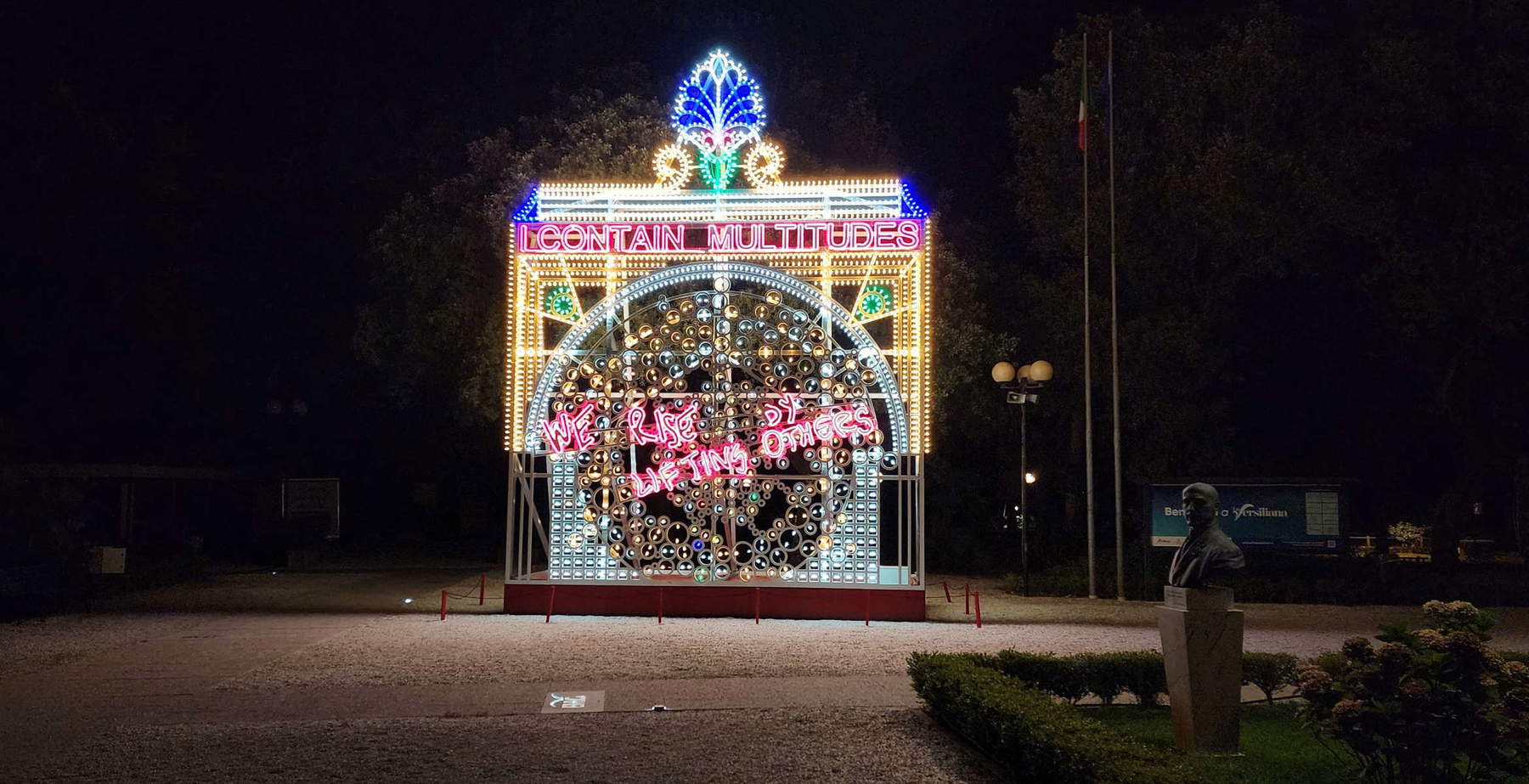
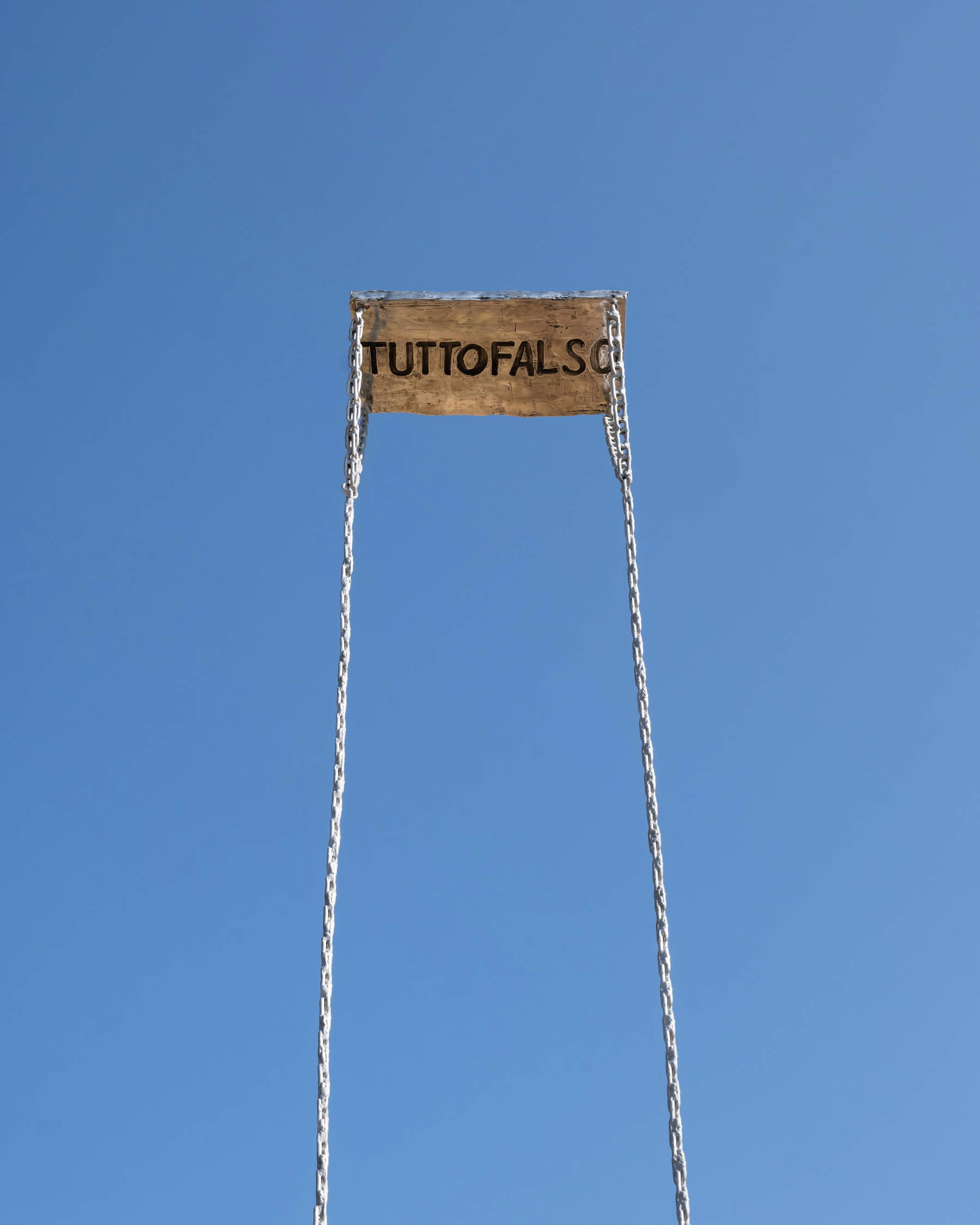
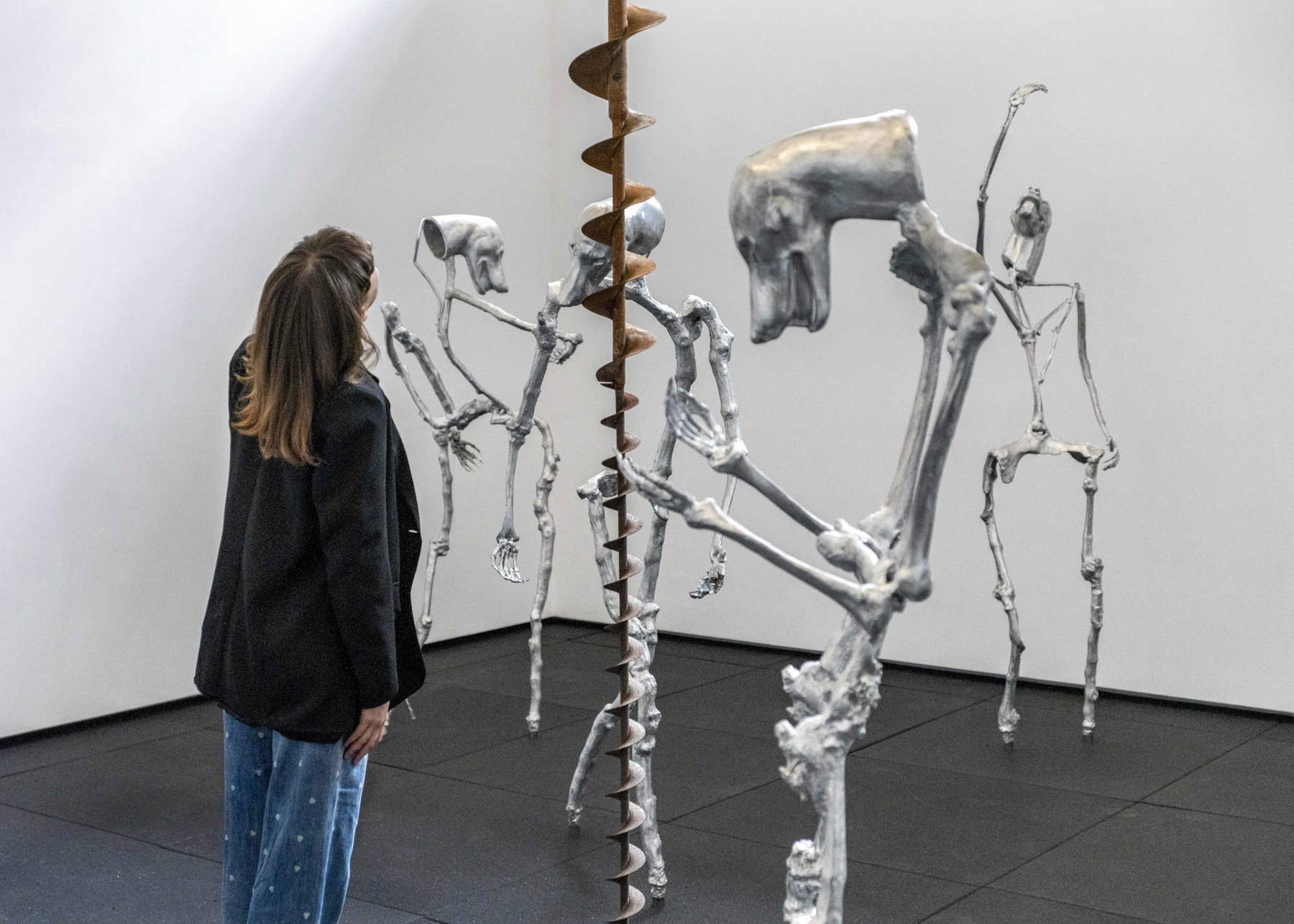
Returning to Senatore, Arena and Cenci: beyond the fact that they are completely immersed in derivative and neo-Mannerist languages, their works precipitate from modes, attitudes, visions and attitudes that are totally incapable of addressing our present except in anachronistic ways. What is the value to my life of a luminaria, which I might well see at a festival in Salento, to which has been affixed the title “I contain multitudes,” a verse stolen from the American poet Walt Whitman who lived in the late 19th century? What does “I contain multitudes” mean when decontextualized from Whitman’s work? We are merely looking at the effect of the random writing we find inside Baci Perugina. Marinella Senatore could also have used other phrases, such as “I glow with immensity” or “love your neighbor as yourself.” The sense of emptiness and feel-good rhetoric would have been the same.
And what about the same, more cryptic phrases that Francesco Arena engraves on the seats of his swings in Maremma almost reminiscent of Giovanni Anselmo’s phrases on similar media? One of the swings is frozen in air and features the phrase “EVERYTHING IS FALSE.” But what does it mean? It is not necessarily true that everything is false. How can these Baci Perugina simplifications and trivializations pass in what we consider the best Italian art system?
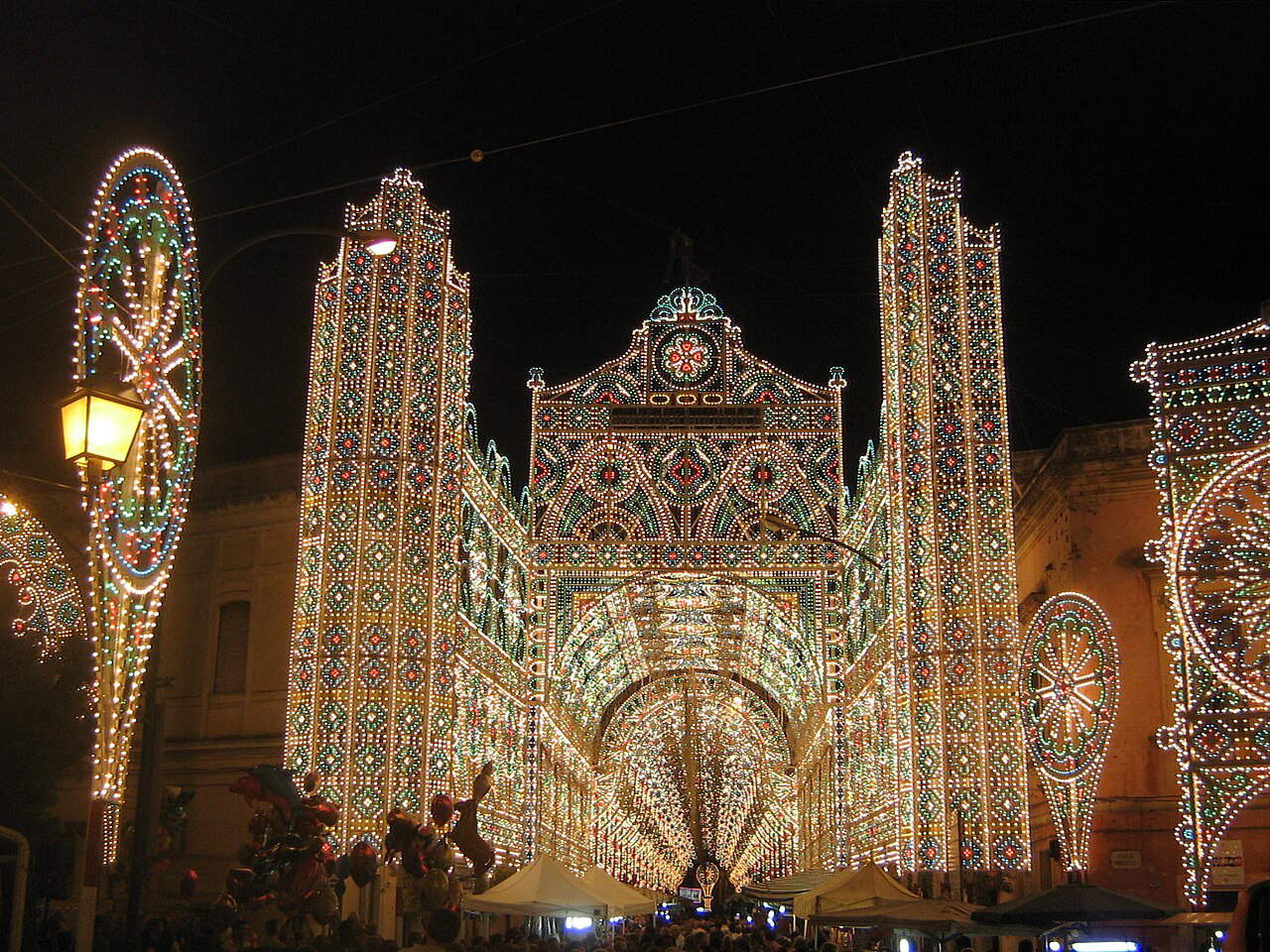
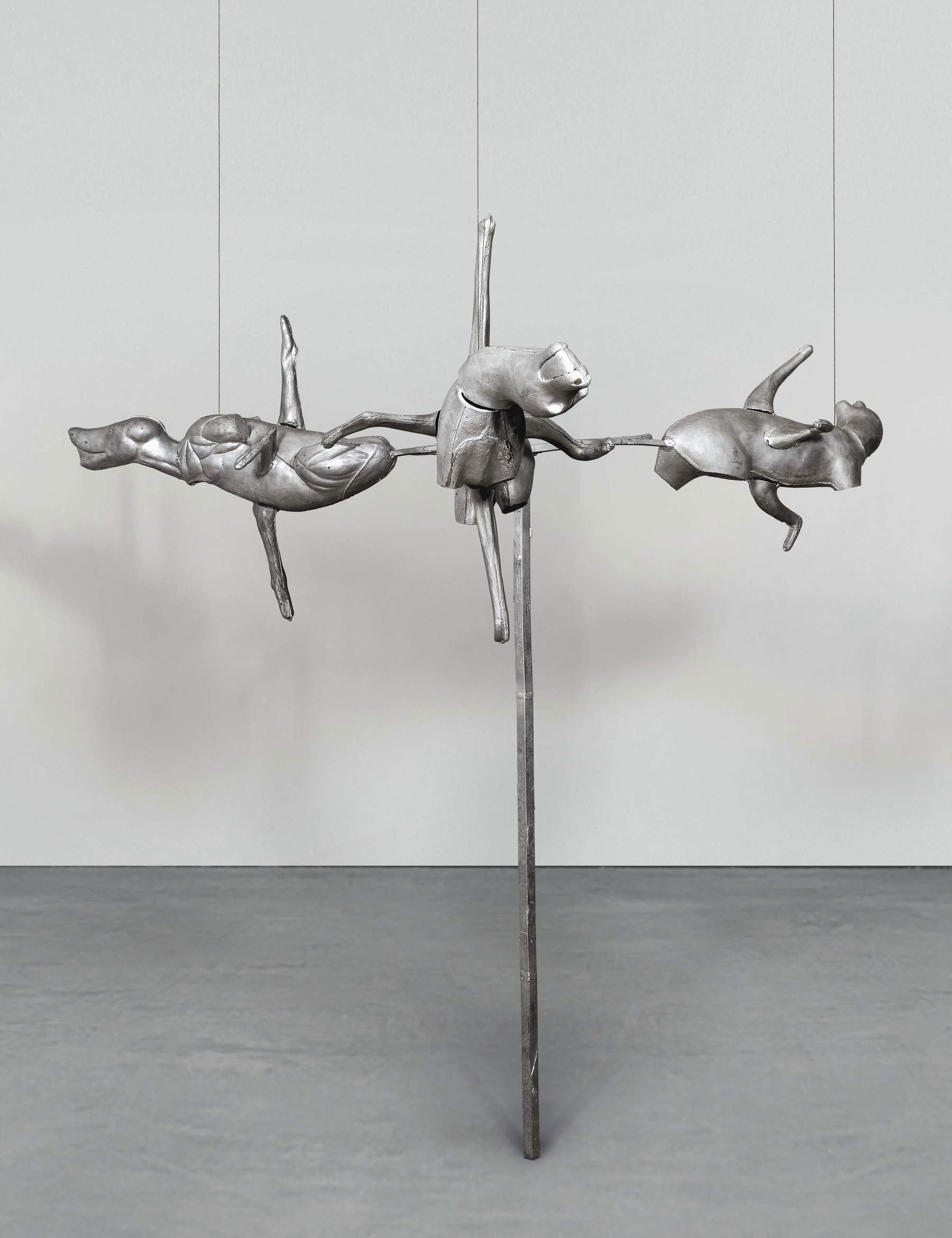
With Giulia Cenci the situation seems to improve a little because at least the artist drops the Baci Perugina-style phrases and focuses on a sculptural mode that is, however totally stranded in the twentieth century, and where one encounters clear references to Italian informal art of the 1950s (Germano Sartelli), solutions identical to Bruce Nauman (1989), and Brancusi-like sculptural attempts that denote only a severe academicism that is frankly intolerable for such a presentialist artist and one who has just entered the Massimo De Carlo Gallery, one of the most powerful in Italy.
The situation I noted back in 2009 is even more degenerate today. No one has the courage to admit publicly that “the king is naked.” But these artists represent only the tip of the iceberg of a movement that has been in deep crisis for many years and where what we might call the “doping of public relations” matters much more than any sincere attempt to seek quality. The best artistic energies have died over the years crushed by these dynamics. Those who dare to say this are ostracized, ignored and marginalized.
Warning: the translation into English of the original Italian article was created using automatic tools. We undertake to review all articles, but we do not guarantee the total absence of inaccuracies in the translation due to the program. You can find the original by clicking on the ITA button. If you find any mistake,please contact us.